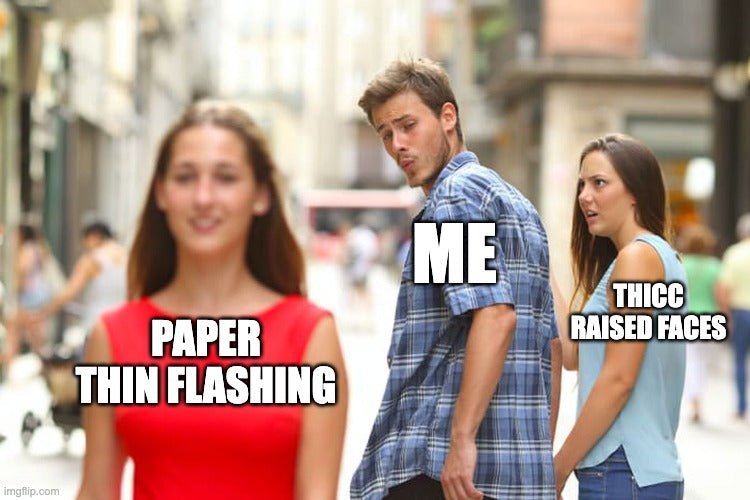
Alcohol Inks vs. Resin Pigments: Choosing the Right Colorant for Your Resin
🎲 Alcohol Inks vs. Resin Pigments: Choosing the Right Colorant for Your Resin Dice
When crafting custom resin dice, the choice of colorant can significantly impact the final appearance and quality of your creations. Two popular options among dice makers are alcohol inks and resin pigments. Each offers unique effects and challenges. This guide will help you understand their differences and how to use them effectively in your dice-making projects.
🧪 Alcohol Inks: Vibrant and Translucent
Alcohol inks are dye-based colorants suspended in alcohol, known for their vibrant, translucent hues and dynamic flow patterns.
✅ Pros:
- Vivid, transparent colors that create a stained-glass effect.
- Dynamic patterns like blooms and swirls, ideal for artistic designs.
- Easy blending, allowing for unique color combinations.
❌ Cons:
- Potential curing issues if overused; excessive ink can inhibit resin curing.
- Color shifting, especially with certain hues like purple, which may turn brownish due to heat during curing.
- UV sensitivity, leading to fading over time if exposed to sunlight.
🎯 Tips for Using Alcohol Inks:
- Limit usage to 1–2 drops per ounce of resin to prevent curing problems.
- Test colors, especially purples, before full-scale projects to ensure desired results.
- Combine with white ink to create petri or blooming effects.
- Seal finished pieces to protect against UV-induced fading.
🎨 Resin Pigments: Opaque and Consistent
Resin pigments are specifically formulated colorants for resin, available in paste, liquid, or powder forms, including mica powders.
✅ Pros:
- Designed for resin, ensuring compatibility and consistent curing.
- Rich, opaque colors that provide solid coverage.
- Wide variety, including metallic and pearlescent options.
❌ Cons:
- Less translucency, making it harder to achieve see-through effects.
- Potential clumping if not mixed thoroughly.
- Limited dynamic patterns, as pigments tend to stay where placed.
🎯 Tips for Using Resin Pigments:
- Use sparingly; a little goes a long way.
- Mix thoroughly to avoid clumps and ensure even color distribution.
- Combine with mica powders for added shimmer and depth.
- Layer colors to create complex, multi-dimensional effects.
⚖️ Comparison Table
| Feature | Alcohol Inks | Resin Pigments |
|---|---|---|
| Transparency | High | Low to Medium |
| Color Vibrancy | Very High | High |
| Pattern Dynamics | Excellent for blooms and swirls | Limited |
| Ease of Use | Moderate; requires careful measurement | High; user-friendly |
| Curing Reliability | Can be problematic if overused | Reliable |
| UV Resistance | Low; prone to fading | High; more stable |
🧠 Combining Both for Unique Effects
Many experienced dice makers blend both alcohol inks and resin pigments to harness the strengths of each. For instance, using alcohol inks for vibrant, translucent backgrounds and resin pigments for solid, defined accents can result in stunning, multi-layered dice.
🛠️ Additional Resources
Want to see the difference in action? Here's a helpful video:
▶️ Resin Pigment OR Alcohol Ink for Coloring Resin? Which Works Best?
🛍️ Explore Our Custom Dice Collection
At Ebonwood, we specialize in handcrafted resin dice, utilizing both alcohol inks and resin pigments to create unique, high-quality pieces. Browse our custom dice collection to find the perfect set for your next adventure.
Have questions or want a specific effect in your next set? Contact us—we love making magic happen.



Leave a comment
This site is protected by hCaptcha and the hCaptcha Privacy Policy and Terms of Service apply.